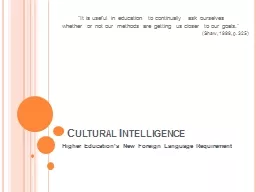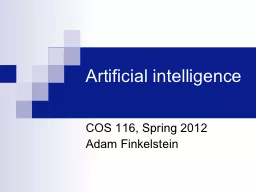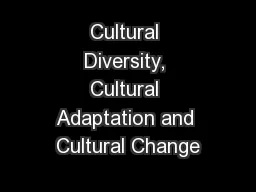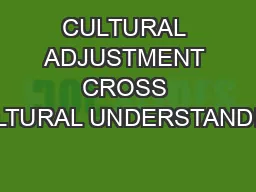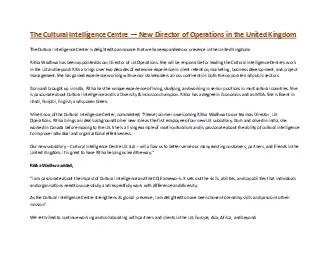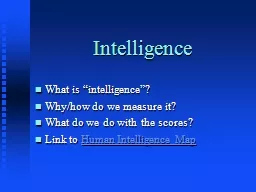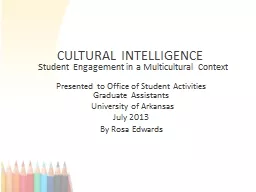PPT-Cultural Intelligence
Author : calandra-battersby | Published Date : 2017-10-04
Higher Educations New Foreign Language Requirement It is useful in education to continually ask ourselves whether or not our methods are getting us closer to our
Presentation Embed Code
Download Presentation
Download Presentation The PPT/PDF document "Cultural Intelligence" is the property of its rightful owner. Permission is granted to download and print the materials on this website for personal, non-commercial use only, and to display it on your personal computer provided you do not modify the materials and that you retain all copyright notices contained in the materials. By downloading content from our website, you accept the terms of this agreement.
Cultural Intelligence: Transcript
Download Rules Of Document
"Cultural Intelligence"The content belongs to its owner. You may download and print it for personal use, without modification, and keep all copyright notices. By downloading, you agree to these terms.
Related Documents

